Thiab Taha
The application of Evolutionary and Nature Inspired Algorithms in Data Science and Data Analytics
Feb 06, 2022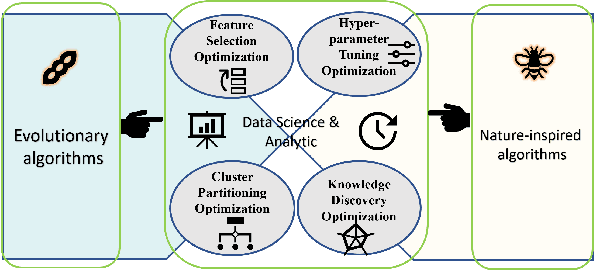

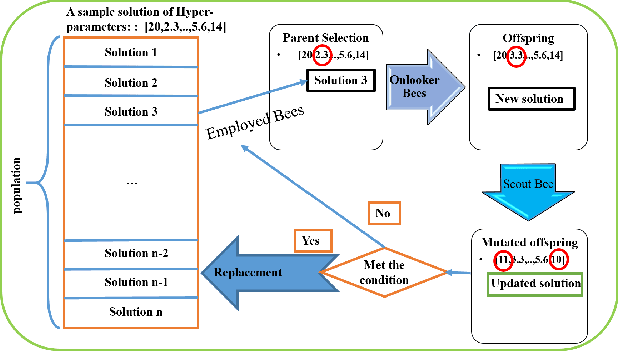
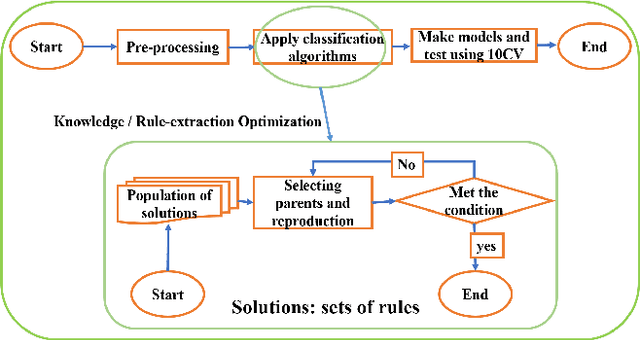
Abstract:In the past 30 years, scientists have searched nature, including animals and insects, and biology in order to discover, understand, and model solutions for solving large-scale science challenges. The study of bionics reveals that how the biological structures, functions found in nature have improved our modern technologies. In this study, we present our discovery of evolutionary and nature-inspired algorithms applications in Data Science and Data Analytics in three main topics of pre-processing, supervised algorithms, and unsupervised algorithms. Among all applications, in this study, we aim to investigate four optimization algorithms that have been performed using the evolutionary and nature-inspired algorithms within data science and analytics. Feature selection optimization in pre-processing section, Hyper-parameter tuning optimization, and knowledge discovery optimization in supervised algorithms, and clustering optimization in the unsupervised algorithms.
DRDrV3: Complete Lesion Detection in Fundus Images Using Mask R-CNN, Transfer Learning, and LSTM
Aug 18, 2021

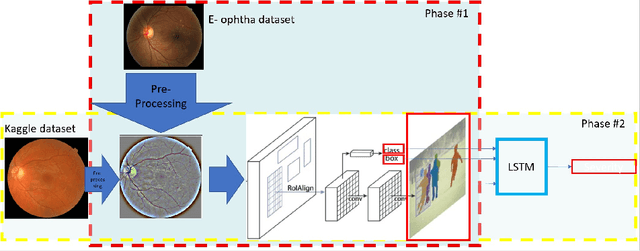
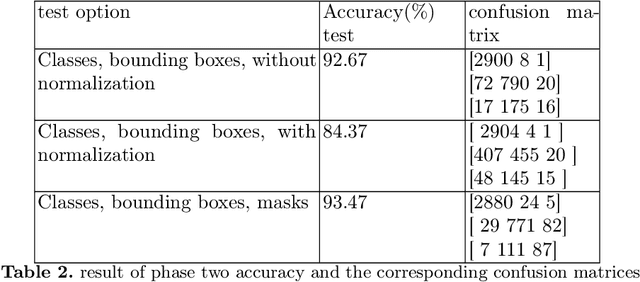
Abstract:Medical Imaging is one of the growing fields in the world of computer vision. In this study, we aim to address the Diabetic Retinopathy (DR) problem as one of the open challenges in medical imaging. In this research, we propose a new lesion detection architecture, comprising of two sub-modules, which is an optimal solution to detect and find not only the type of lesions caused by DR, their corresponding bounding boxes, and their masks; but also the severity level of the overall case. Aside from traditional accuracy, we also use two popular evaluation criteria to evaluate the outputs of our models, which are intersection over union (IOU) and mean average precision (mAP). We hypothesize that this new solution enables specialists to detect lesions with high confidence and estimate the severity of the damage with high accuracy.
 Add to Chrome
Add to Chrome Add to Firefox
Add to Firefox Add to Edge
Add to Edge